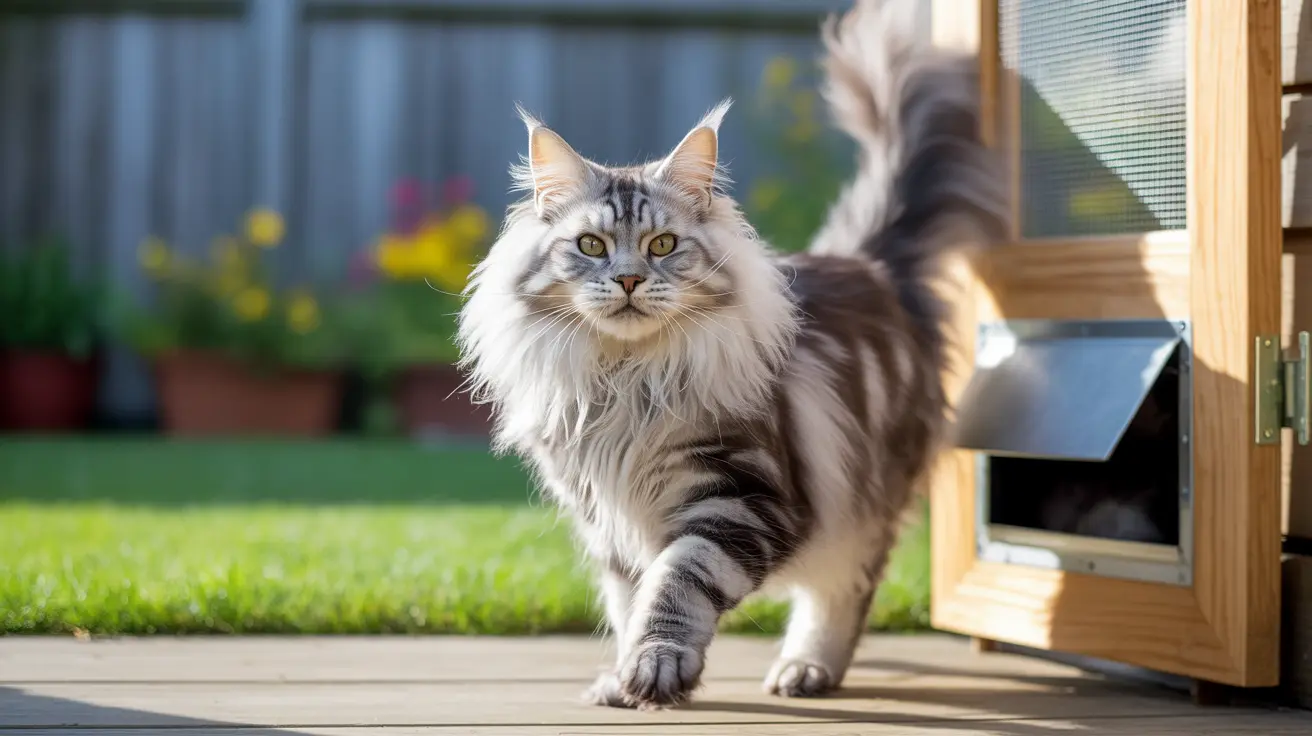Is Solensia Painful for Cats? Understanding Its Use and Effects
As pet ownership trends continue to evolve, more people are seeking innovative, safe, and effective treatments to ensure their pets live long, pain-free lives. One such breakthrough is Solensia, a recently FDA-approved medication specifically designed to manage osteoarthritis (OA) pain in cats. With increasing awareness about feline arthritis, cat owners are turning to modern options like Solensia. But one common concern is whether this treatment itself causes pain for cats. This article explores what Solensia is, how it works, its effectiveness, and whether it causes discomfort.
What Is Solensia?
Solensia, which contains the active ingredient frunevetmab, is a monoclonal antibody injectable developed exclusively for cats. It targets nerve growth factor (NGF), a protein that plays a crucial role in signaling pain caused by inflamed or deteriorating joints in OA. By binding to and neutralizing NGF, Solensia reduces the pain signals sent to the brain, offering relief to arthritic felines.
How Solensia Is Administered
This treatment is given once a month as a subcutaneous (under the skin) injection by a veterinarian or licensed veterinary technician. The dosage is determined by the cat's weight, ensuring accurate administration for safety and effectiveness.
Is the Injection Itself Painful for Cats?
According to clinical studies and veterinary reports, Solensia is generally not considered painful for cats. The injection is subcutaneous and administered with minimal stress by trained professionals. Post-injection reactions are uncommon but can include:
- Mild tenderness at the injection site
- Scabbing or swelling at the site
- Itchiness or minor skin irritation
These reactions are usually temporary and do not indicate severe discomfort. Most cats tolerate the injection well and do not exhibit signs of distress.
Effectiveness of Solensia
Solensia has shown promising results in clinical trials. Over 75% of treated cats experienced notable improvement in pain symptoms and mobility within a three-month period. Some cats displayed better activity levels and less reluctance to jump, groom, or interact within just 2–3 weeks of receiving the injection.
Potential Side Effects
The most commonly reported side effects are typically mild:
- Vomiting
- Diarrhea
- Itchy or flaky skin
- Scabbing at the injection site
Severe allergic reactions are rare but possible. Symptoms like facial swelling, difficulty breathing, or collapse should be treated as emergencies. If these occur, cat owners are advised to seek immediate veterinary attention.
When Solensia Should Not Be Used
Certain conditions contraindicate the use of Solensia:
- Cats that are pregnant, nursing, or intended for breeding
- Cats with a known allergy to frunevetmab
- Kittens under 12 months or cats under 5.5 lbs
Why Solensia Is a Game-Changer
Cats with OA have traditionally been difficult to manage because they are more sensitive to long-term medication use. Oral NSAIDs (nonsteroidal anti-inflammatory drugs) may damage kidneys over time, limiting options. Solensia offers a targeted, safer approach because it doesn't stress the liver or kidneys the way oral medications might.
Owner Experiences and Testimonials
Feedback from pet owners and veterinarians has been largely positive. Many report significant behavioral changes such as:
- Increased willingness to jump and climb
- Enhanced grooming behavior
- More playful interactions
- Improved mood and sociability
These observations reinforce the medication’s ability to manage pain effectively while maintaining a high quality of life.
Cost and Accessibility
The cost of Solensia varies based on your location, veterinary fees, and the size of your cat. Typically, injections cost between $60 to $115 per dose. It is important to note that:
- Solensia must be stored properly, under refrigeration and away from light
- It should only be handled and administered by veterinary personnel
- Some pet insurance plans may cover the cost of the medication
Complementary Care
While Solensia is effective, it works best when combined with supportive therapies. These may include:
- Maintaining a healthy weight
- Providing orthopedically supportive bedding
- Installing ramps or steps to make movement easier
- Using pain-relieving supplements approved by your vet
A Final Word on Pain and Solensia
In summary, Solensia is not generally painful for cats. Its administration is quick and side effects are typically mild. Given its targeted mechanism and solid track record in improving cats’ lives, it represents a major step forward in feline pain management. If your cat suffers from osteoarthritis, talk to your vet to determine if Solensia is appropriate, and be reassured that it’s likely to alleviate more pain than it causes.





